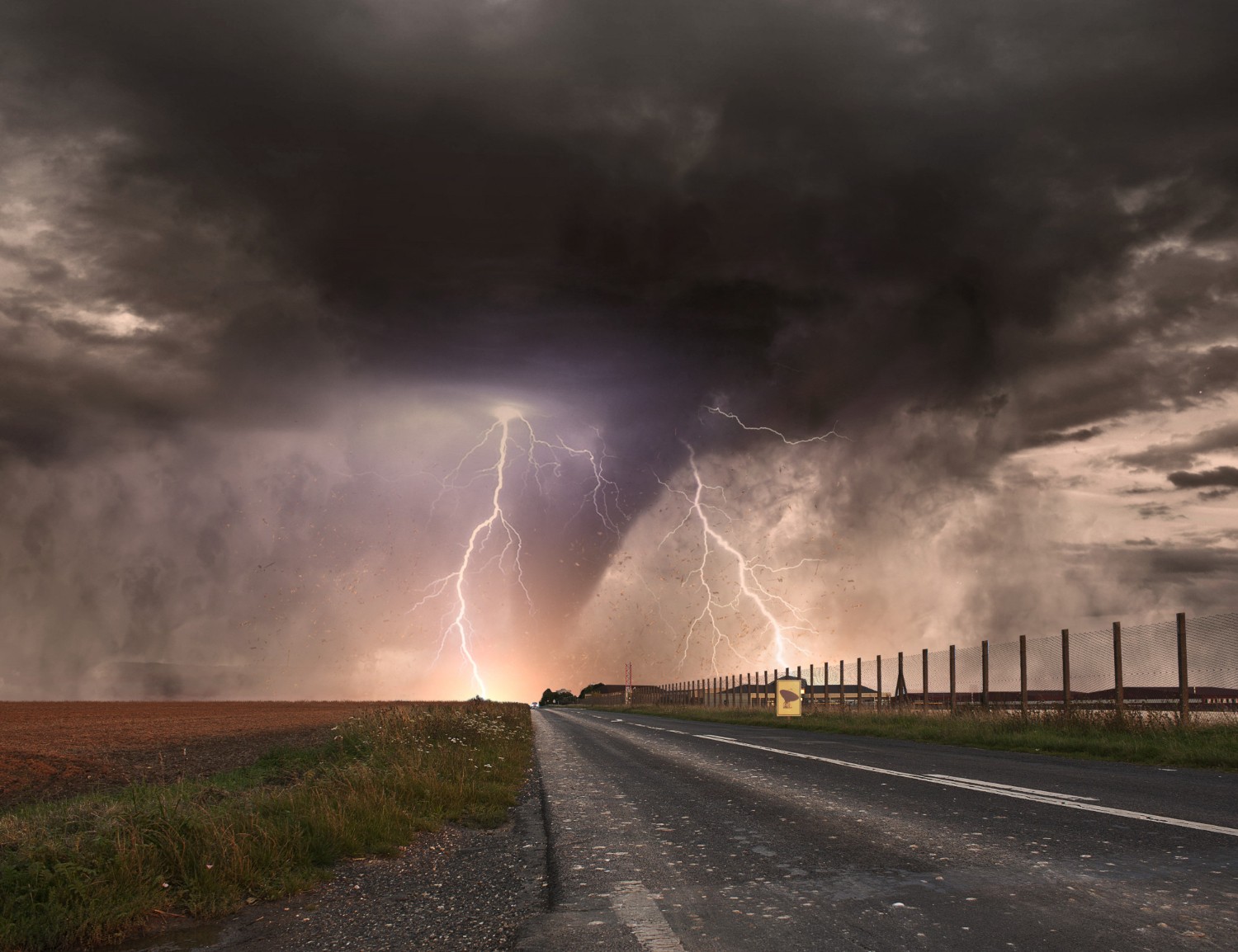Hurricane season in New York began on June 1st and lasts until November 3oth. From summer to fall, weather conditions become ripe for storms to begin brewing in the Atlantic Ocean. Hurricanes thrive on warm ocean water temperatures (about 80 degrees Fahrenheit) and cooler air temperatures, which then combine to create convection easier.
Being in Hurricane Season means that we need to take additional precautions to keep our families safe. The following sections outline hurricane statistics in New York, resources for hurricane preparedness, safety tips and what to do in the event of an injury or property damage.
Hurricane Disaster Facts and Statistics
Studies show that a total of 301 hurricanes have hit 19 U.S. states since 1851, according to the National Oceanic and Atmospheric Administration (NOAA).
Coming in at #8, New York is the last northern state in the Top 10 states with the greatest number of hurricane landfalls. New York has suffered 15 direct hits from hurricanes, three of which have been Category 3 or higher.
Storm surge, not wind, is the most dangerous component of a hurricane, according to the NOAA. Storm surge is water that is pushed onto land by tropical storm winds — a major hurricane can create a surge of up to 20 feet high or more, causing severe flooding and extensive property damage after landfall occurs.
Certain areas of New York are subject to storm surge flooding. It’s important to know if your area is at risk of storm surge flooding and follow the designated evacuation routes.
NYC – https://maps.nyc.gov/hurricane/ … You can also use the Hurricane Evacuation Zone Finder or call 311
Long Island (Nassau County) – https://nassau-county.maps.arcgis.com/apps/webappviewer/index.html?id=0bb83341f55f4df6842c957214890699
One of the most important factors to consider regarding hurricanes is the category of the storm. Categories 1 and 2 refer to dangerous storms with winds from 74 to 110 miles per hour. Such storms are likely to cause extensive damage, but homes can be protected against such storms. Categories 3-5, on the other hand, refer to storms with wind speeds from 111 to 155+ miles per hour, storms that are so devastating they can cause catastrophic damage.
Hurricane Preparedness Resources
New Yorkers must take the time to prepare. All residents should have a plan in the event they need to evacuate or ride out the storm at home.
Develop a plan with your household members that outlines what to do, how to find each other, and how to communicate if a hurricane strikes.
NYC – Use Ready New York: My Emergency Plan at NYC.gov/myemergencyplan.
Long Island – Use BeReadyLI: https://www.bereadyli.org/
Protecting one’s business during a hurricane is also important. Brick-and-mortar businesses need to be set up to withstand major storms and potentially numerous days when one will not be able to return to their business due to flooding, blocked roads, long-term evacuations, etc.
Try to Avoid Property Damage and Injury During a Hurricane
If a hurricane is rapidly approaching and you don’t have time to evacuate or if you’re told by emergency personnel not to evacuate, the following steps should be observed:
Stay advised with emergency alerts.
Don’t walk, swim, or drive in floodwaters. “Turn Around, Don’t Drown.”
It may be impossible to know how deep floodwater is, or if the water is in connection with an exposed electrical line, thus passing a potentially lethal current of electricity through the water.
If trapped by flooding, go to the highest level or open roof of the building.
Take refuge in a designated storm shelter or interior room that is protected from high winds.
Some hospitals report that most emergency department visits they experience regarding a hurricane occur several days after the hurricane makes landfall. According to local doctors, workers responsible for post-storm clean-up are at risk of serious injury caused by chainsaws, wood splitters and other tools. The machinery can cause gruesome injuries, including amputation and deep tissue wounds to fingers and hands. Skin lacerations and punctures are also common during the cleanup, as are injuries caused by falls.
Workers involved in post-hurricane cleanup can face serious risks to their health and safety. Therefore, it is important for everyone involved in cleanup efforts to be aware of the dangers they may face and understand what protections to take.
Potential Worker Hazards During Hurricane Cleanup and Recovery
Electrical Danger
Wet Floors
Mold
Floodwater
Carbon Monoxide
Structural Damage
Toxic Waste
Falls and Holes in the Floors
Asbestos
All workers have a right to a safe workplace, even after natural disasters, such as hurricanes.
Workers involved in post-hurricane cleanup can face serious risks to their health and safety. Therefore, it is important for everyone involved in cleanup efforts to be aware of the dangers they may face and understand what protections to take.
If workers are injured at work, it’s important to work with an Attorney that will assist in recovering any losses and compensation. The experienced Attorneys at Siler & Ingber will be able to handle the case efficiently and effectively.
We don’t get paid unless you win.


